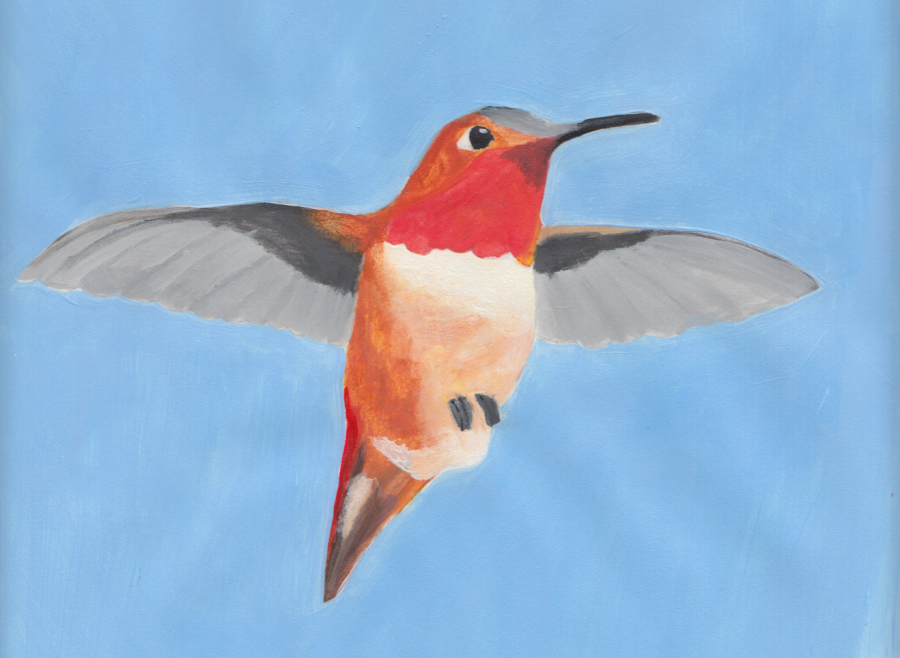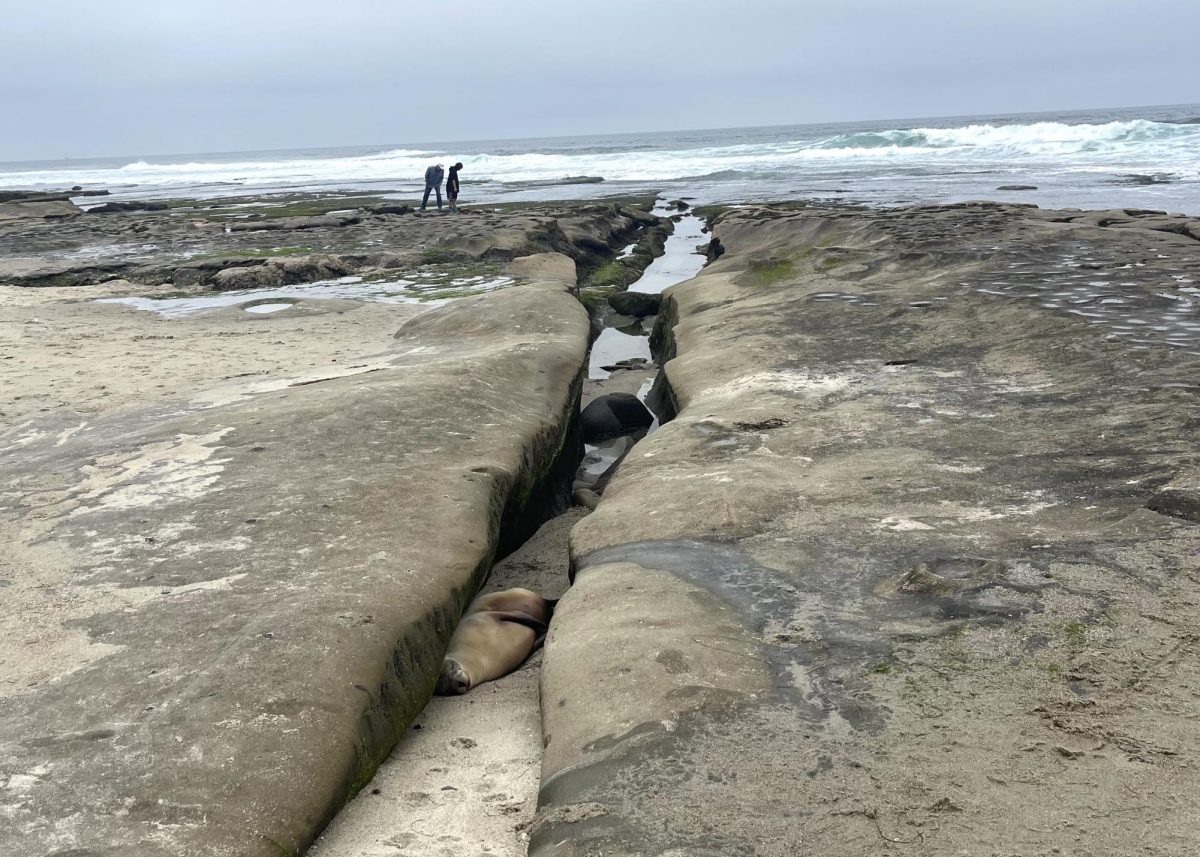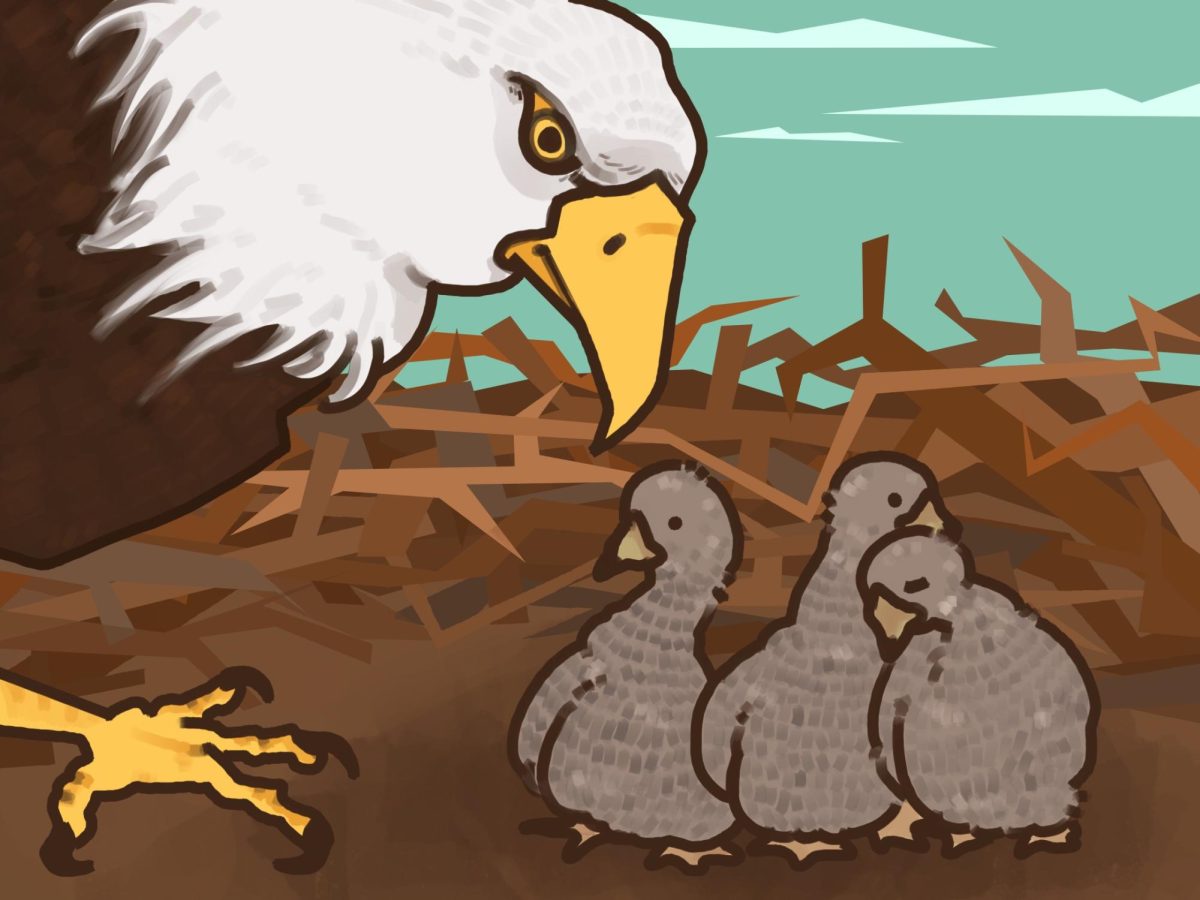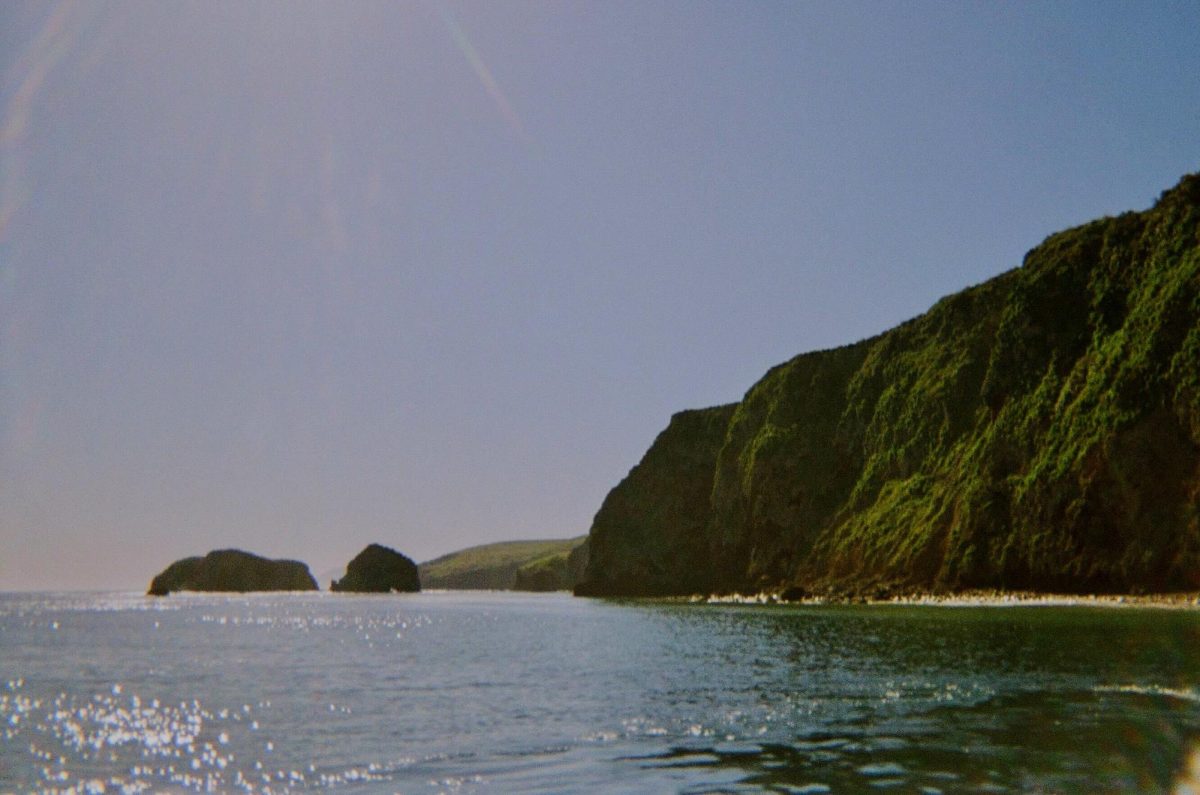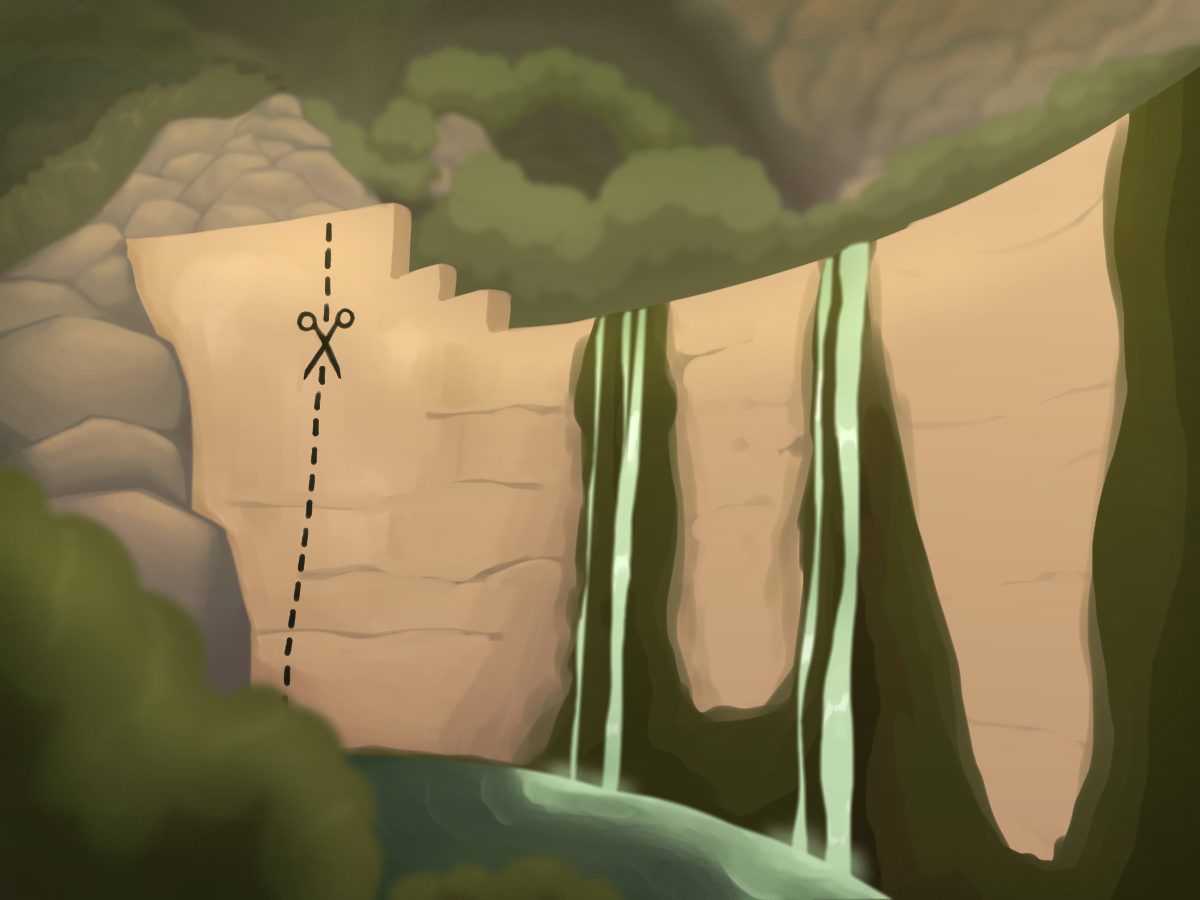For most people, the idea of pollination conjures images of bees and butterflies to mind. But they do not do all of the work on their own. Hummingbirds are an important pollinator in Southern California, considering that they may visit 1,000 to 3,000 flowers a day.
On Thursday, Oct. 12 at the Channel Islands Visitor’s Center in the University of California Assistant Professor Erin Wilson Rankin gave a lecture as part of the park’s “From Shore to Sea Centennial Lecture Series 2017.” She presented research that she and a team of scientists conducted on the Channel Islands surrounding the diets of native hummingbird species.
Southern California is home to a few varieties of the petite birds including Rufous, Black-Chinned, Allen, Anna and Costa hummingbirds. There is even a subspecies of Allen’s hummingbirds that are endemic to the islands and spread to the mainland to colonize in the 1960s.
Since 2015, Rankin has been working with her team to determine the seasonal changes of the birds’ diets. However, observing hummingbirds that fly at an average 60 miles per hour is just as hard as it sounds. At their speeds, it is hard for researchers to quantify their feeding and determine successful feeding stops at the flora.
Their solution was to do DNA tests on their fecal matter to determine what the birds had eaten. Rankin said that although there are some issues with the molecular diet analyses, it offers a “detailed snapshot” into their diets.
The study’s tests showed that the hummingbirds are consuming a very diverse diet, especially in spring. Ninety-two percent had arthropods, such as spiders and insects, in their diets; arthropods were especially prevalent in the diets of Allen’s hummingbirds. Those spiders and insects are a source of protein for the birds.
Rankin and her team also looked at the plants that the birds consume. Hummingbirds consume a lot of salvia, eucalyptus and aster plants. On Catalina, the birds are also drawn to manzanita and lemonade berries. What they also found was that 25 percent of the plants consumed were non-native species.
Rankin’s research is ongoing. Currently, they are “trying to look at specific arthropods and figure out the role of non-native versus native arthropods in their diet.”
“So could these birds actually serve as biocontrol agents?” Rankin offered.
“Hummingbirds play a vital role in our California ecosystems,” she said. “We have this really unique California floristic province with a lot of species that are only found here and they’re a key part of keeping that going.”


